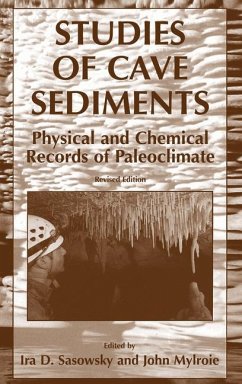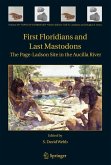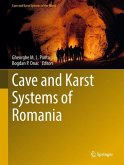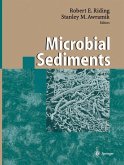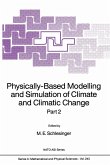Caves serve as unique repositories for geologic, biologic, and anthropologic information. The sediments within these natural cavities are incredibly diverse. They include secondary minerals such as calcite and gypsum, which occur in sundry forms, as well as allogenic and autogenic clasts. This book is for any geoscience researcher or student with interests in climate change, paleohydrology, karst geology, and sedimentology. Studies of Cave Sediments is the first comprehensive volume on cave sediments. It provides case-studies from around the world, gives guidance on appropriate applications of techniques, and their limitations, synthesizes methods that can be used to decipher complex deposits, and includes chemical deposits (speleothems) as well as clastic sediments.
From the reviews:
"Studies of Cave Sediments focuses on ... Quaternary (historic to 1.8 million years old) paleoclimate information preserved in cave sediments. The review chapters ... are excellent introductions to the subject areas for graduate students, research scientists, and senior-level undergraduates. ... Overall, the quality of this publication is very high, with good black-and-white illustrations, a clear layout, good referencing and indexing, and no typographical errors ... ." (Andy Baker, Eos, Vol. 88 (42), 2007)
"Paleoclimate studies are indeed becoming increasingly more complex. ... The book covers some preferentially selected ... physical and chemical geologic, biologic, and anthropologic speleothemic data of cave or karst sediments to reconstruct paleoclimates. ... The book naturally appeals to climatologist experts, but also to any specialist and intelligent 'generalist' or amateur scientist interested in cave/karst/speleological features." (Karl Wolf, The Australian Geologist Newsletter, Vol. 37, 2008)
"Studies of Cave Sediments focuses on ... Quaternary (historic to 1.8 million years old) paleoclimate information preserved in cave sediments. The review chapters ... are excellent introductions to the subject areas for graduate students, research scientists, and senior-level undergraduates. ... Overall, the quality of this publication is very high, with good black-and-white illustrations, a clear layout, good referencing and indexing, and no typographical errors ... ." (Andy Baker, Eos, Vol. 88 (42), 2007)
"Paleoclimate studies are indeed becoming increasingly more complex. ... The book covers some preferentially selected ... physical and chemical geologic, biologic, and anthropologic speleothemic data of cave or karst sediments to reconstruct paleoclimates. ... The book naturally appeals to climatologist experts, but also to any specialist and intelligent 'generalist' or amateur scientist interested in cave/karst/speleological features." (Karl Wolf, The Australian Geologist Newsletter, Vol. 37, 2008)

